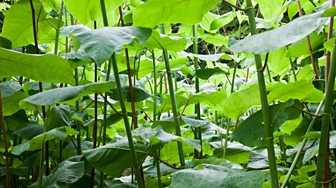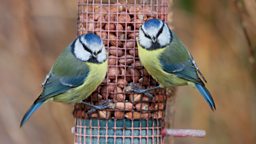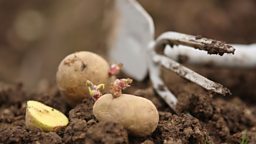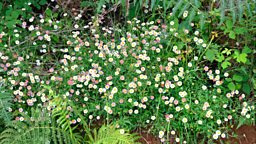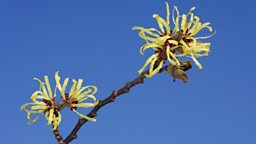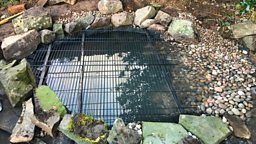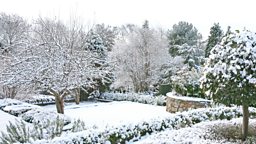Knotweed nightmares
In 1850 a box arrived at Kew Gardens in London. Inside it was a collection of exotic plants from China and Japan. They were treasured as new discoveries but one of them would soon spread far beyond the botanic gardens and cost millions of pounds to control. It was Fallopia japonica or Japanese knotweed. The plant from eastern Asia is extremely vigorous. It can grow 2 to 3 metres high and it spreads like bamboo by powerful underground rhizomes. It will out-compete everything else.
In the early days, as a much sought after ornamental, it received praise from horticultural giants like Gertrude Jekyll. But it’s profile as a prized plant was to be short-lived. Other gardening greats like William Robinson noted that it seemed to be appearing everywhere and it soon became apparent that this exotic visitor was in fact a dominating thug.
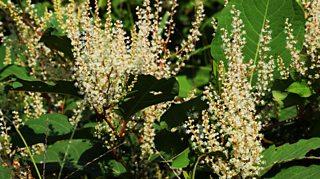
Hard to control and with no animal, insect or disease curbing its ambition it was soon out of control spreading across the country.
In Japan the plant is used in traditional medicine and it can be eaten – apparently it’s like very sour rhubarb. But you couldn’t eat it at the rate it spreads and even tiny parts of the plant are enough for a new colony to form. It’s also a great survivor and can sit dormant in the soil for years and then re-emerge.
Dealing with it is costly. £70 million was spent tackling it on land where the aquatics centre and velodrome where built for the London 2012 Olympics games. Closer to home it has been a big problem for those wishing to sell or buy a home. Mortgages have been declined on the basis that it is close to the property and in a recent case damages where awarded to two homeowners in south Wales who took a case against Network Rail.
In Northern Ireland, Japanese knotweed is listed as an invasive species in the Wildlife (Northern Ireland) Order 1985. It is an offence to plant or otherwise cause it to grow in the wild. Importantly, it is not an offence to have it on your land.
Getting rid of it
Poison - it can take 5 years of repeated application of herbicides by professional contractors and even then it won’t guarantee complete removal.
Dig it out – no easy task – a specialist contractor would have to dig out soil to a depth of 2 metres. All this soil would be considered “controlled waste” and would have to be disposed of at a licensed disposal site. Soil which has Japanese knotweed tissue in it should never be disposed of in a local authority recycling bin.
Organic control – An insect called Aphalora itadori feeds on Japanese knotweed.
It has been licensed by the UK government for the biological control of knotweed in England.
The has an interactive map showing areas where Japanese knotweed has been recorded.
